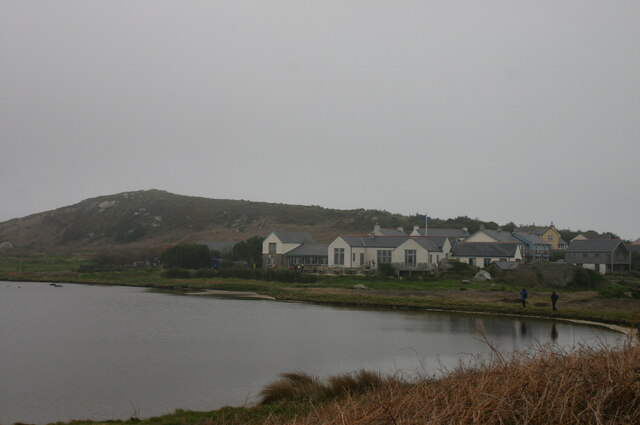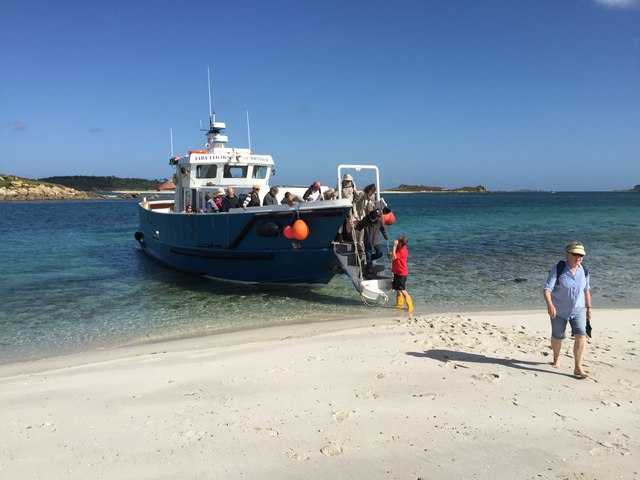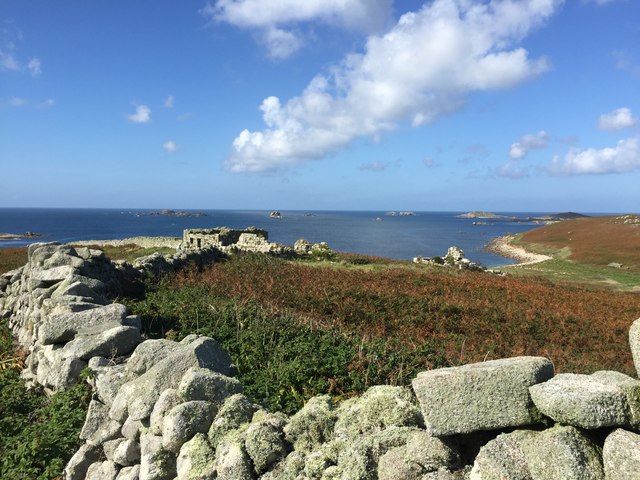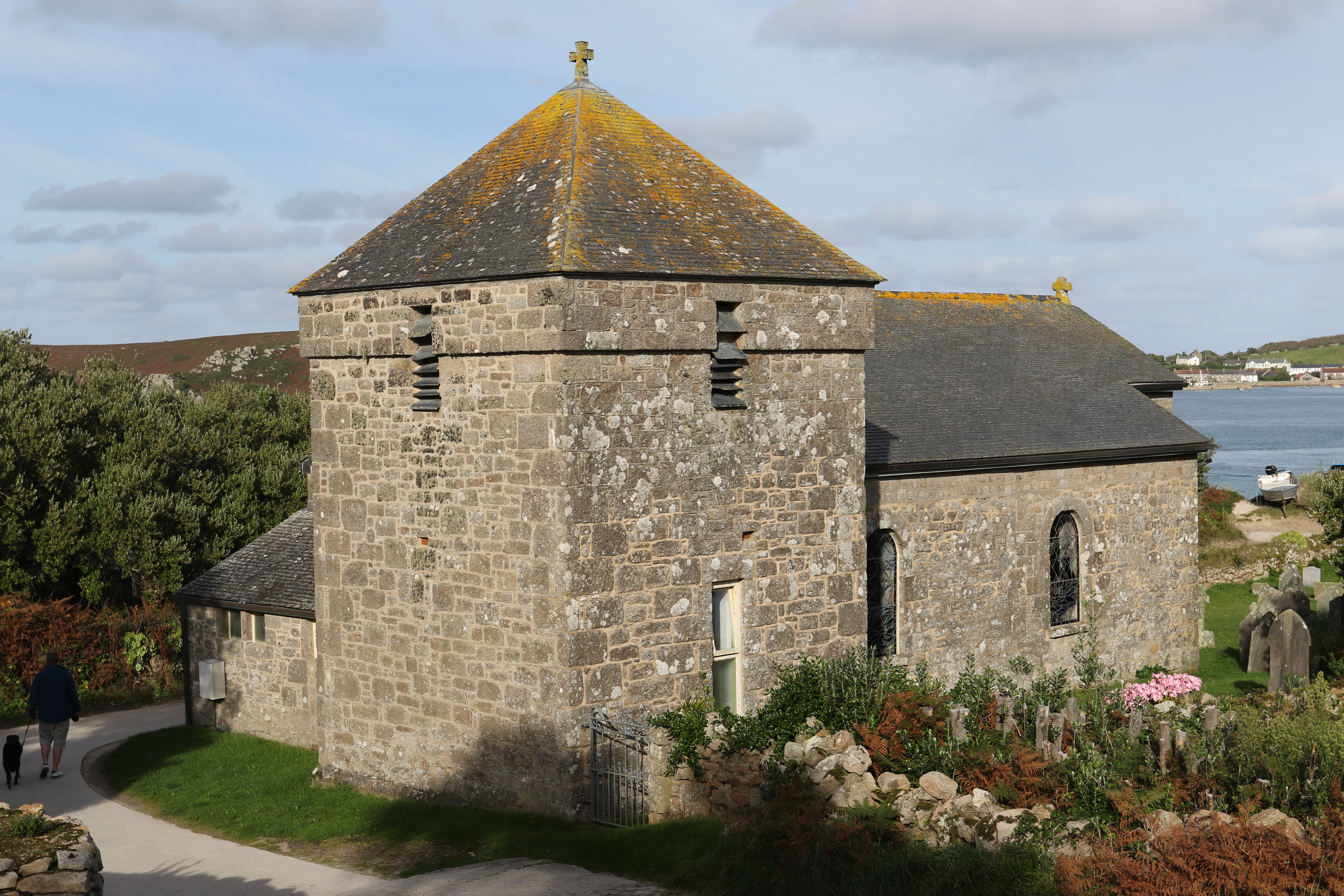Merrick Island of Stony Porth
Island in Cornwall
England
Merrick Island of Stony Porth

Merrick Island, also known as Stony Porth Island, is a small uninhabited island located off the coast of Cornwall, England. Situated in the Atlantic Ocean, the island measures approximately 1.5 acres and is accessible by foot during low tide via a rocky causeway from the mainland.
The island is characterized by its rugged and rocky terrain, with steep cliffs and picturesque views of the surrounding coastline. It is known for its abundance of diverse flora and fauna, making it a popular spot for nature enthusiasts and birdwatchers. The island is home to various seabirds, including puffins, guillemots, and razorbills, as well as occasional sightings of seals and dolphins in the surrounding waters.
Merrick Island's history can be traced back to ancient times, with evidence of Bronze Age settlements found in the form of stone circles and burial mounds. In more recent history, the island was used for grazing livestock and as a fishing spot by local communities.
Today, Merrick Island remains largely untouched and serves as a peaceful sanctuary away from the bustling mainland. It is a designated Area of Outstanding Natural Beauty, ensuring its preservation and protection for future generations to enjoy.
Visitors to Merrick Island can explore its rugged coastline, take in the stunning views, and observe the diverse wildlife that calls this small island home. However, it is important to note that access to the island is dependent on the tides, so careful planning is required to ensure a safe visit.
If you have any feedback on the listing, please let us know in the comments section below.
Merrick Island of Stony Porth Images
Images are sourced within 2km of 49.944687/-6.3600823 or Grid Reference SV8714. Thanks to Geograph Open Source API. All images are credited.











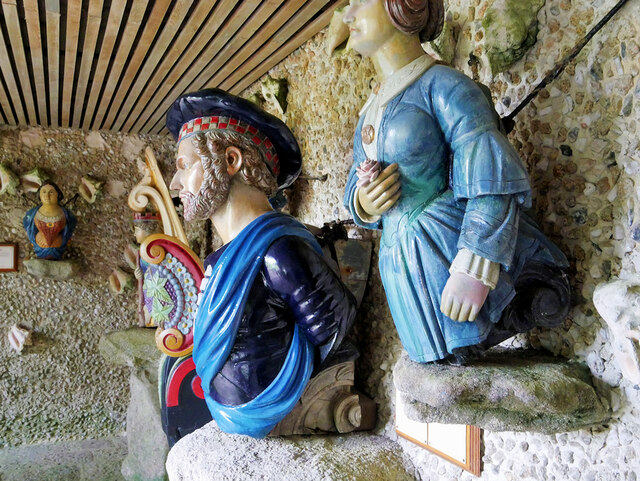
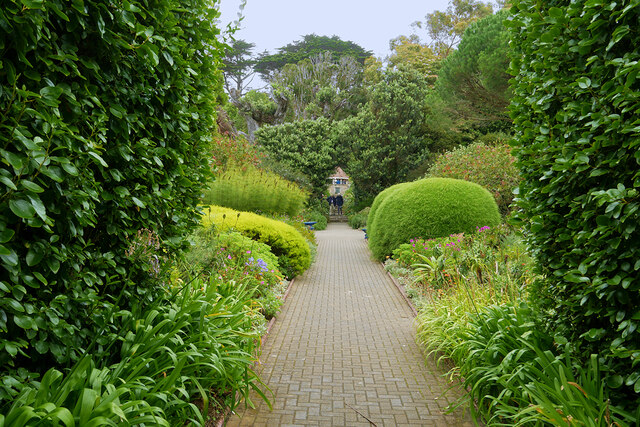
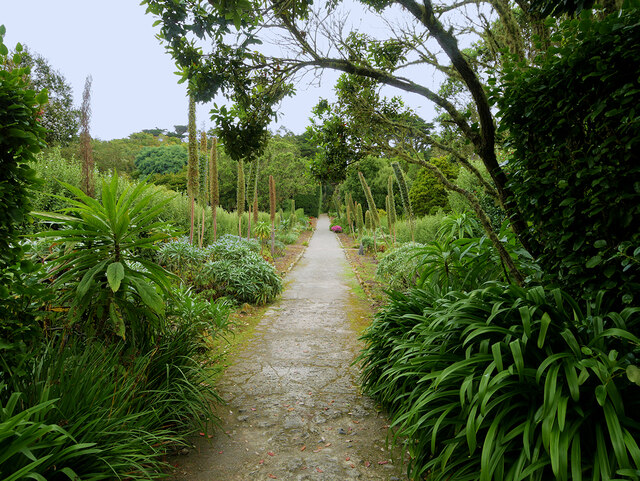
Merrick Island of Stony Porth is located at Grid Ref: SV8714 (Lat: 49.944687, Lng: -6.3600823)
Division: Isles of Scilly
Unitary Authority: Isles of Scilly
Police Authority: Devon and Cornwall
What 3 Words
///alike.explores.gain. Near Bryher, Isles of Scilly
Nearby Locations
Related Wikis
Bryher
Bryher (Cornish: Breyer, lit. 'place of hills') is one of the smallest inhabited islands of the Isles of Scilly, with a population of 84 in 2011, spread...
All Saints' Church, Bryher
All Saints' Church is a Grade II listed parish church in the Church of England located in Bryher, Isles of Scilly. == History == Bryher is the most westerly...
Gweal, Isles of Scilly
Gweal ( GWEEL; Cornish: Gwydhyel, lit. 'place of trees') is one of the Isles of Scilly. It is the largest of the seven Norrard Rocks due west of Bryher...
Norrard Rocks
The Norrard (Northern) Rocks are a group of small uninhabited granite rocks in the north–western part of the Isles of Scilly, to the west of Bryher and...
Nearby Amenities
Located within 500m of 49.944687,-6.3600823Have you been to Merrick Island of Stony Porth?
Leave your review of Merrick Island of Stony Porth below (or comments, questions and feedback).
